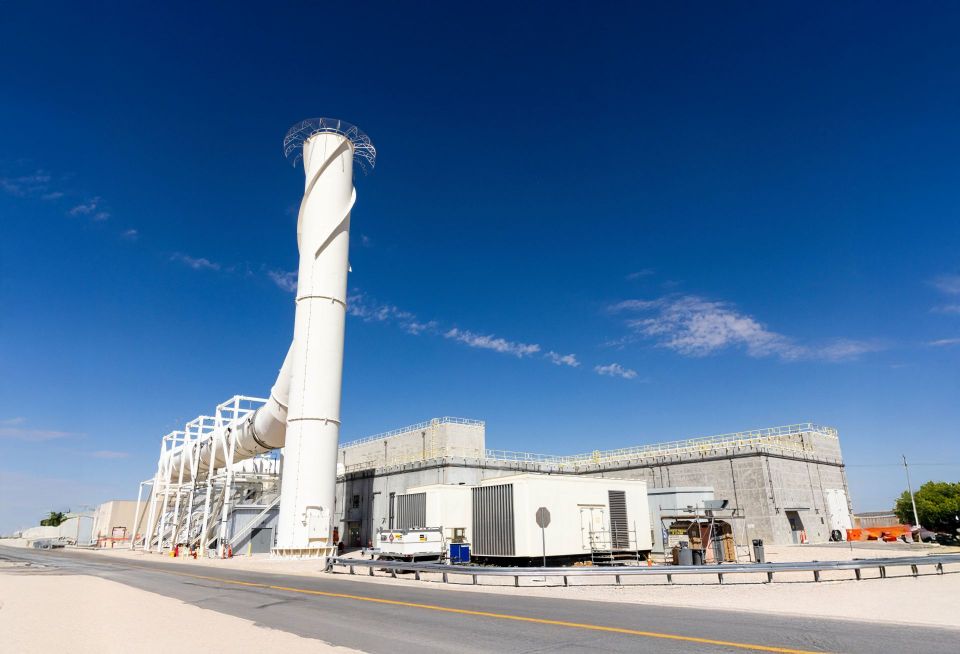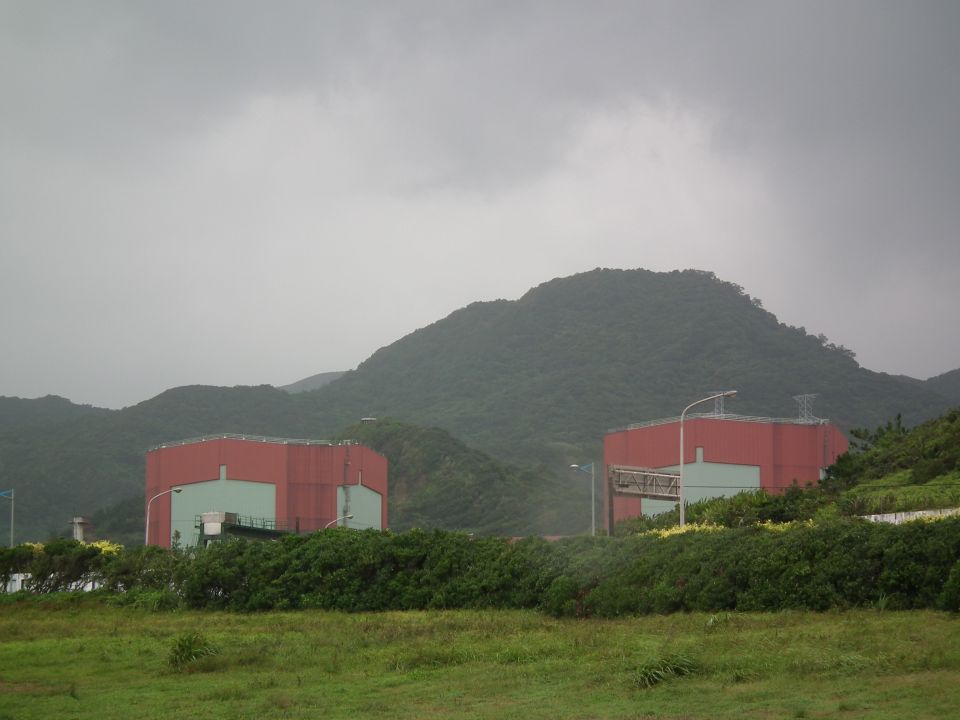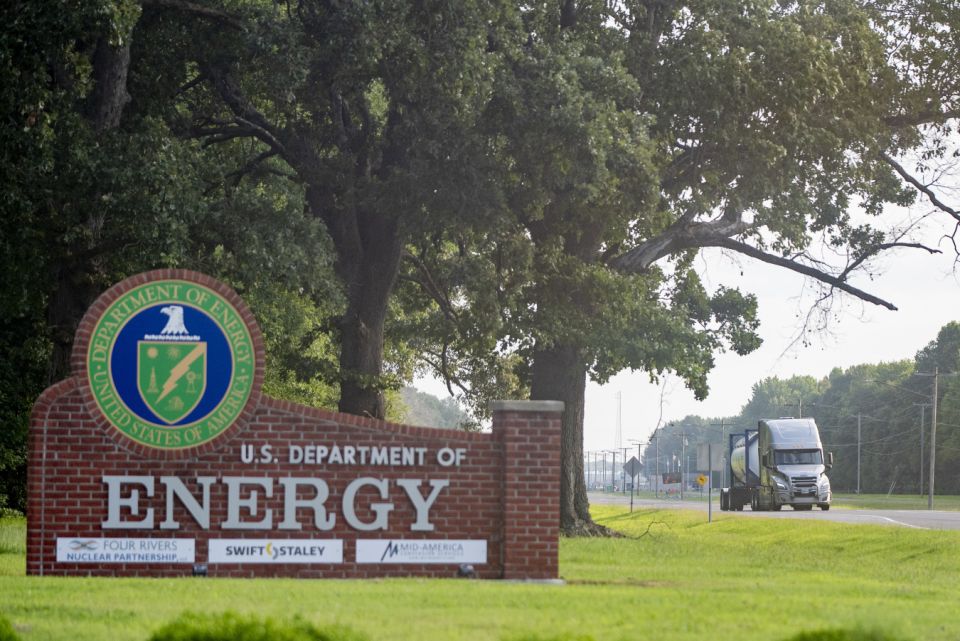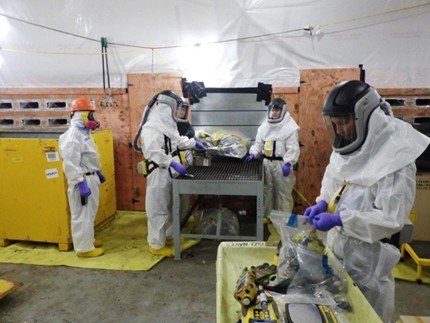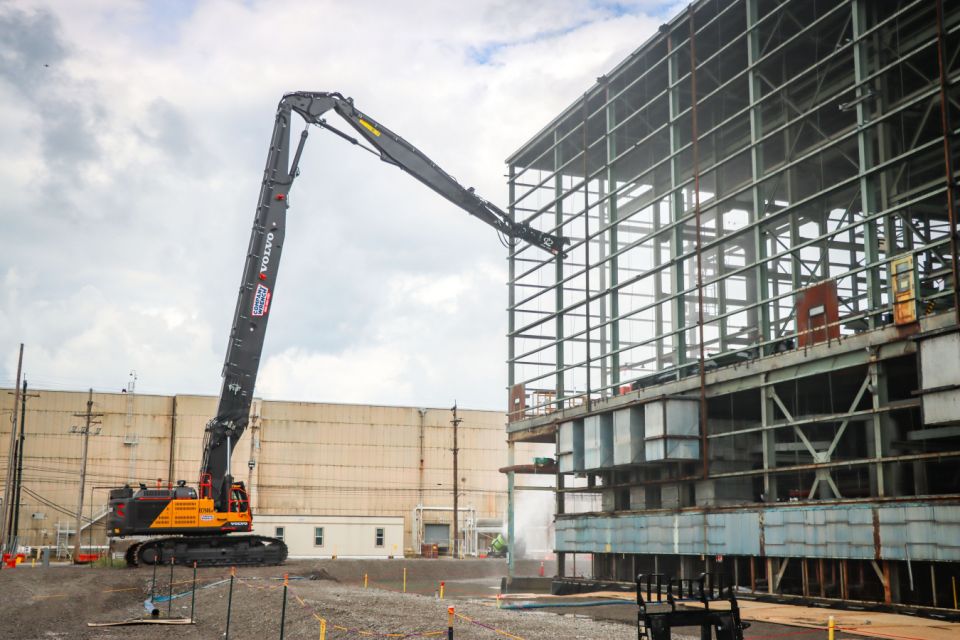Mining of new waste disposal panel begins at WIPP

For the first time in a decade, crews have started mining a new disposal panel at the Department of Energy’s Waste Isolation Pilot Plant (WIPP) in New Mexico, the nation’s deep geologic waste repository for defense-related transuranic waste.

-3 2x1.jpg)
